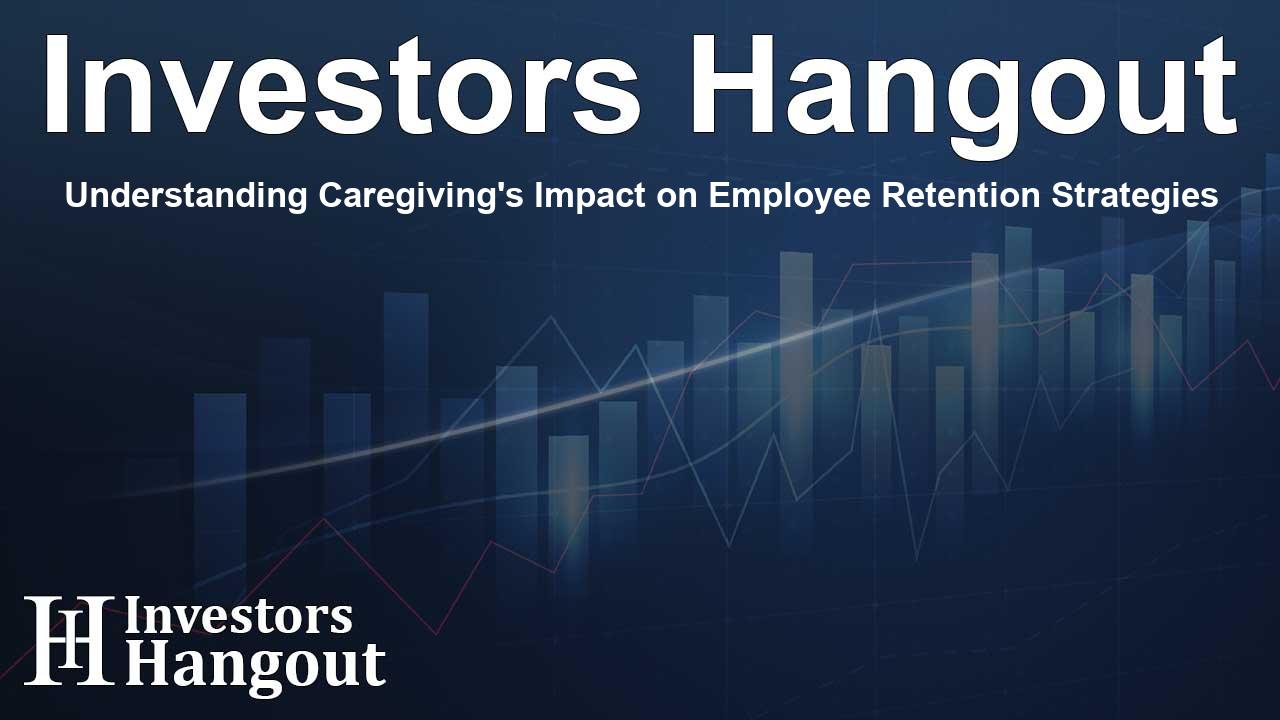Understanding Caregiving's Impact on Employee Retention Strategies

Revealing the Impact of Caregiving on Employee Retention
The modern workplace is increasingly shaped by diverse generational perspectives and individual experiences, particularly as employees juggle professional responsibilities alongside personal caregiving duties. A recent survey from Principal Financial Group underscores the importance of tailored employee benefits, particularly for those balancing caregiving roles.
Highlighting the Caregiver Experience
Within the U.S. workforce, approximately 20% are family caregivers. The challenges faced by these employees are significant. A study found that nearly a quarter of workers (24%) who care for both a child and a dependent adult indicated a strong desire to leave their current job, revealing a troubling trend for employers aiming to retain talent. Furthermore, 22% of these workers previously left a job due to their caregiving responsibilities.
Understanding Burnout and Employee Well-being
Caregivers often experience burnout, heightened concerns regarding their mental health, and the overwhelming nature of their dual responsibilities. For those who are actively providing care, life insurance and paid family leave stand out as crucial benefits that can enhance their well-being.
Amy Friedrich, President of Benefits and Protection at Principal, notes the unique opportunities for employers to actively support employees who are caregivers. She emphasizes the necessity for companies to comprehend the distinct needs of their workforce as over half of employees identify as caregivers at some point in their career.
The Value of Comprehensive Benefits
According to the survey results, employees increasingly seek a range of benefits beyond the standard healthcare and retirement savings options. Specifically, 64% of employees find life insurance extremely valuable, with paid medical and family leave following closely behind at 63%, and 52% value disability insurance. This directly correlates with job retention, as employees are more likely to remain with employers that offer a diverse array of benefits.
The Importance of Effective Communication
Interestingly, the same survey noted that a significant portion of employees (43%) received information about their benefits from employers only once a year or less. This lack of frequent communication can lead to a disconnect, where employees are unaware of the benefits available to them. Friedrich highlights how intentional and consistent communication is vital in ensuring employees fully grasp the benefits they are being offered.
Business Growth Amid Economic Concerns
Despite the challenges posed by rising inflation and concerns regarding the economic landscape, many businesses report a positive growth trajectory, with 69% indicating financial health improvement. However, the stability of the economy remains a rising concern among both employees and employers. The majority aligns their worries, placing economic stability second only to inflation.
Conversely, the trends surrounding hiring and employee satisfaction remain optimistic, with 55% of businesses expanding their workforce, 70% of employees enjoying wage increases, and a high 87% satisfaction level reported among employees regarding their current roles.
Barriers to Business Growth
While business owners are optimistic about future expansion, they face increasing barriers, particularly concerning interest rates. A reported 69% of owners anticipate a need for additional capital while highlighting that high interest rates significantly limit access to funding, marking an essential challenge moving forward.
Exploring Insights from the Principal Financial Well-Being Index
The findings discussed derive from the Principal Financial Well-Being Index, which surveys business leaders and employees across the U.S. to gauge the financial well-being of the workforce. This broad survey provides invaluable insights into employee sentiment and the overall dynamics of small to mid-sized businesses in the current market.
This survey, commissioned by Principal, aims to inform employers on the critical trends affecting their organizations as they navigate an evolving landscape filled with new challenges and opportunities.
Frequently Asked Questions
1. What does the survey by Principal Financial Group reveal?
The survey reveals how caregiving roles affect employee retention and the value of diverse benefits for caregivers.
2. How many employees identify as caregivers?
Approximately 20% of the U.S. workforce comprises family caregivers.
3. What benefits do caregivers value most?
Caregivers value life insurance, paid medical leave, and disability insurance as essential benefits.
4. How important is communication about benefits?
Frequent communication about benefits is crucial for ensuring employees understand what is available to them.
5. What are the current trends in hiring and employee satisfaction?
Many businesses are hiring, with wage increases and high satisfaction levels noted among employees, despite economic concerns.
About Investors Hangout
Investors Hangout is a leading online stock forum for financial discussion and learning, offering a wide range of free tools and resources. It draws in traders of all levels, who exchange market knowledge, investigate trading tactics, and keep an eye on industry developments in real time. Featuring financial articles, stock message boards, quotes, charts, company profiles, and live news updates. Through cooperative learning and a wealth of informational resources, it helps users from novices creating their first portfolios to experts honing their techniques. Join Investors Hangout today: https://investorshangout.com/
Disclaimer: The content of this article is solely for general informational purposes only; it does not represent legal, financial, or investment advice. Investors Hangout does not offer financial advice; the author is not a licensed financial advisor. Consult a qualified advisor before making any financial or investment decisions based on this article. The author's interpretation of publicly available data shapes the opinions presented here; as a result, they should not be taken as advice to purchase, sell, or hold any securities mentioned or any other investments. The author does not guarantee the accuracy, completeness, or timeliness of any material, providing it "as is." Information and market conditions may change; past performance is not indicative of future outcomes. If any of the material offered here is inaccurate, please contact us for corrections.